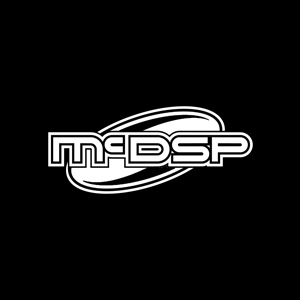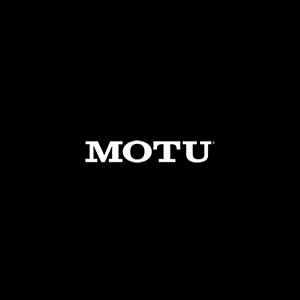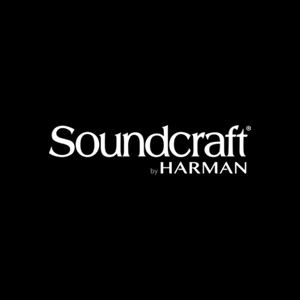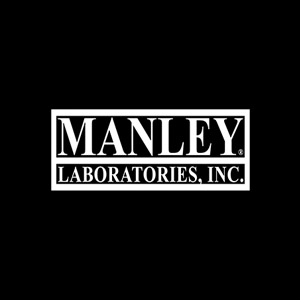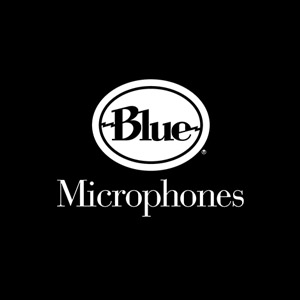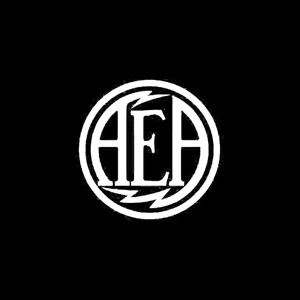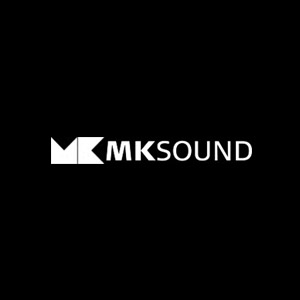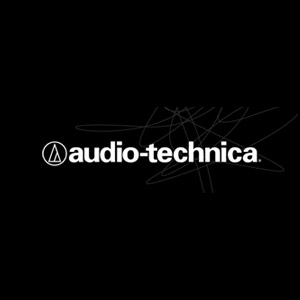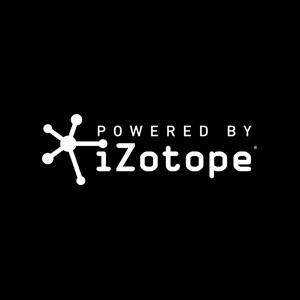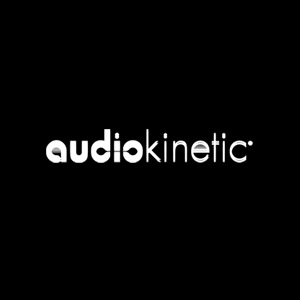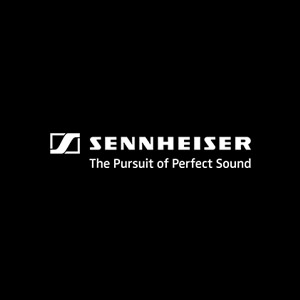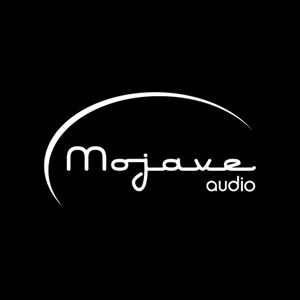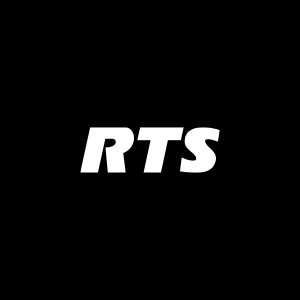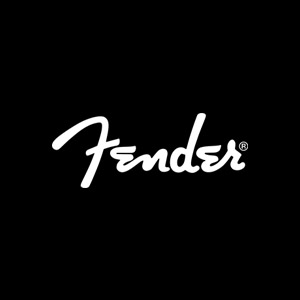Avondale, Ariz., March 22, 2018 – When he isn’t mixing the Super Bowl, Fred Aldous shares his insights and methodology with the next generation of pro audio engineers.
Conservatory of Recording Arts & Sciences (CRAS; www.cras.edu) students recently had the opportunity to practice mixing live audio and video feeds from FOX SPORTS in the school’s 42-ft. remote-production mobile broadcast trailer with Aldous, a Sports Broadcast Hall of Fame inductee, during the Monster Energy NASCAR Cup Series race at ISM Raceway in Avondale, Ariz. from March 9-11.
“The exposure that the students get out of a large sporting event like NASCAR is an eye opener that has a lifelong effect…most are not aware of the complexity of live sporting event,” explained Aldous, an audio consultant for FOX Sports. “For the most part, they are overwhelmed at first. But once we start to dissect what they are listening to and how to approach it, they start to understand what is going on. Most everyone is amazed at the number of people it takes to put a production together and the amount of time and equipment it takes.”
Kirt Hamm, CRAS administrator, explained that the CRAS students received the raw feed from FOX, and the feeds included all the behind-the-scenes audio discussions and directions between the directors, broadcast crews, producers, engineers, and videographers. “With all the background streaming in simultaneously, our students had the opportunity to experience what a broadcast is really like and to practice mixing the audio and follow directions amidst the chaos of a live broadcast. This opportunity was devised in an effort to boost potential careers in broadcast audio in a real-world setting.”
Aldous explained that he must cover a lot of ground in a short period of time, including communications and how they are the nervous system of a production. “Communications is the key to a successful production,” Aldous said. “Along those same lines, I enlighten them on listening to several audio sources at once…from the director, the producer, the associate director and their mix. The audio room in a live sports truck is one of the most hostile listening environments there is because of everything you need to listen to. I emphasize the importance of the crew so the students learn that no one person does it all…everyone depends upon someone else to do their job.”
From there, Aldous continued that he then goes over the environment, explaining that it is much different having to deal with the elements of Mother Nature versus the controlled elements of a recording studio. “They have to take into consideration cold, rain, wind, dust, dirt as well as debris that could affect the performance of a microphone,” he said.
Aldous doesn’t only teach the next generation, but he receives great personal gratification being a part this environment, as well.
“Several people helped me with my career, and I am now at a point in my career that I can give back,” Aldous said. “We all need help and guidance along the way. Besides that, myself along with a handful of other top notch mixers are not going to be doing this a lot longer, so we need to mentor young minds.”
Added Hamm, “Having someone of Fred’s caliber available to teach our students was a great experience for them. Everyone at FOX Sports was also great to work with during our three days at PIR. Our students learned from the best both inside the trailer, and out.”
Aldous echoed Hamm’s sentiments. “Without great partners like FOX Sports, NBC Sports, NASCAR, MLB, the Arizona Diamondbacks, and the Phoenix Suns, this would not be possible. Everyone from the production group to, especially, the technical group make it work for us. There is a lot of faith and trust from the entities mentioned that we don’t expose the Inner Sanctum of their world. Hopefully the students understand what a privilege it is to be at a live sporting event getting hands on experience without affecting a live on-air production.”
The Conservatory of Recording Arts & Sciences is composed of two nearby campuses in Gilbert and Tempe, Ariz. A CRAS education includes broadcast audio, live sound, film and TV audio, music, and video game audio, all taught by award-winning instructors who have all excelled in their individual fields, including sound reinforcement, audio recording and production, digital recording, troubleshooting/maintenance, and music business.
CRAS structured programs and highly qualified teaching staff provide a professional and supportive atmosphere, which is complemented by its small class sizes allowing for individual instruction and assistance for students in engineering audio recordings. CRAS has been providing quality vocational training in audio recording for more than three decades. The curriculum and equipment are constantly being updated to keep pace with the rapid advancements in the music and sound recording industries. CRAS’ course offerings and subject matter have always centered around the skills and knowledge necessary for students’ success in the audio recording industries.
The 11-month program is designed to allow every student access to learn and train in all of the Conservatory’s studios which are comprised with state-of-the-art audio recording and mixing gear, the same equipment used in today’s finest studios and remote broadcast facilities, including Pro Tools 12, API Legacy consoles, SSL AWS consoles, Studer Vista consoles, and much more. All students must complete a 280-hour industry internship to graduate from the Master Recording Program II that may ultimately lead to industry employment.


